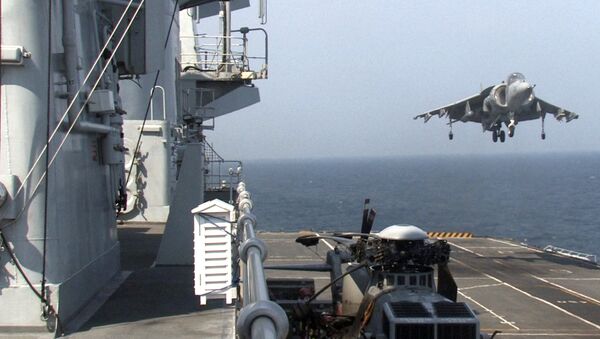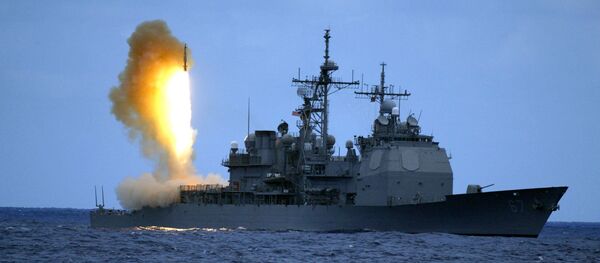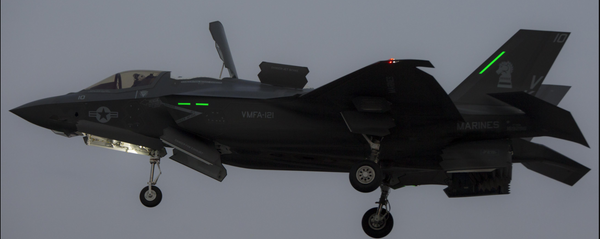"We can do some training… through virtual systems, but at some point you have to put the ships to sea and go through a mission rehearsal," Marine Lt. Gen. Brian Beaudreault said in Congressional testimony last Friday.
According to the general, the inability to train jeopardizes the "core competency" of the Marine and Navy, together forming all US naval forces, which is to transport combat forces from sea to shore quickly and invade enemy battle space.
Although the service maintains a fleet of 32 amphibious assault vessels, the US Navy has said that the Marines need about six more as operational tempo picks up abroad. The service doesn't expect to be able to field 38 amphibious assault vessels until 2030 due to budgetary constraints, according to the Washington Free Beacon.
The Marines have been able to train for smaller, Marine Expeditionary Unit (MEU) level amphibious assault missions, though. Where they have been limited is in their ability to train for larger, brigade-level missions, the Government Accountability Office reported December 1.
An MEU is composed of about 2,000 Marines, their aircraft, landing craft, combat gear and two weeks' worth of supplies. A Marine Expeditionary Brigade, on the other hand, is a formation of about 14,500 Marines and sailors.
"The ability to generate the number of ships required to train at a Marine Expeditionary Brigade level just simply isn't there, so we take it in bite-size chunks," Beaudreault said.
The problem is exacerbated at the Marine Expeditionary Force (MEF) level, the largest type of Marine air-ground task force. In 2016, the First Marine Expeditionary Force operating in the Pacific Ocean was unable to conduct 90 percent of the training missions it requested due to the ship shortage, according to the Washington Free Beacon.
Senior Pentagon officials petitioned Congress Friday to eliminate spending limits stipulated in the Budget Control Act of 2011, which trims defense spending about 14 percent per year for fiscal years 2012-2020 from the 2011 spending level, assuming the 2011 spending level was steady and increased at an inflation adjusted rate.




